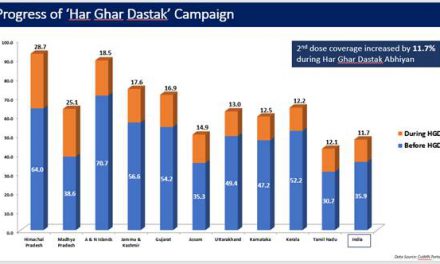
A meta-analysis suggests that short-term exposure to air pollution, defined as occurring within five days prior to a stroke, is linked to an elevated risk of stroke. Dr. Ahmad Toubasi from the University of Jordan in Amman notes that while prior research established a connection between long-term air pollution exposure and increased stroke risk, the correlation with short-term exposure had been less clear. This study, focusing on just five days of exposure, discovered a notable link between short-term air pollution exposure and heightened stroke risk.
The meta-analysis encompassed a review of 110 studies, encompassing over 18 million stroke cases. Researchers examined various pollutants like nitrogen dioxide, ozone, and sulfur dioxide. They also considered different particulate matter sizes, including PM1 (particles with a diameter less than 1 micron), PM2.5, and PM10. PM2.5 encompasses inhalable particles from sources like vehicle exhaust, power plants, and forest fires, while PM10 includes dust from roads and construction sites.
Individuals exposed to higher concentrations of diverse air pollutants showed an increased stroke risk. Elevated levels of nitrogen dioxide correlated with a 28% higher stroke risk; higher ozone levels were associated with a 5% increase; carbon monoxide saw a 26% increase; and sulfur dioxide led to a 15% rise. Higher PM1 concentration linked to a 9% elevated risk, while PM2.5 and PM10 showed increases of 15% and 14%, respectively. Moreover, heightened air pollution levels were tied to a higher risk of fatal stroke. Elevated nitrogen dioxide levels correlated with a 33% heightened risk of stroke-related death, sulfur dioxide with a 60% increase, PM2.5 with a 9% increase, and PM10 with a 2% increase.
Dr. Toubasi emphasized a robust and significant association between air pollution and both stroke occurrence and stroke-related death within a five-day exposure window. This underscores the critical need for global initiatives to implement policies aimed at reducing air pollution, which could potentially lead to a decrease in the frequency and severity of strokes.











